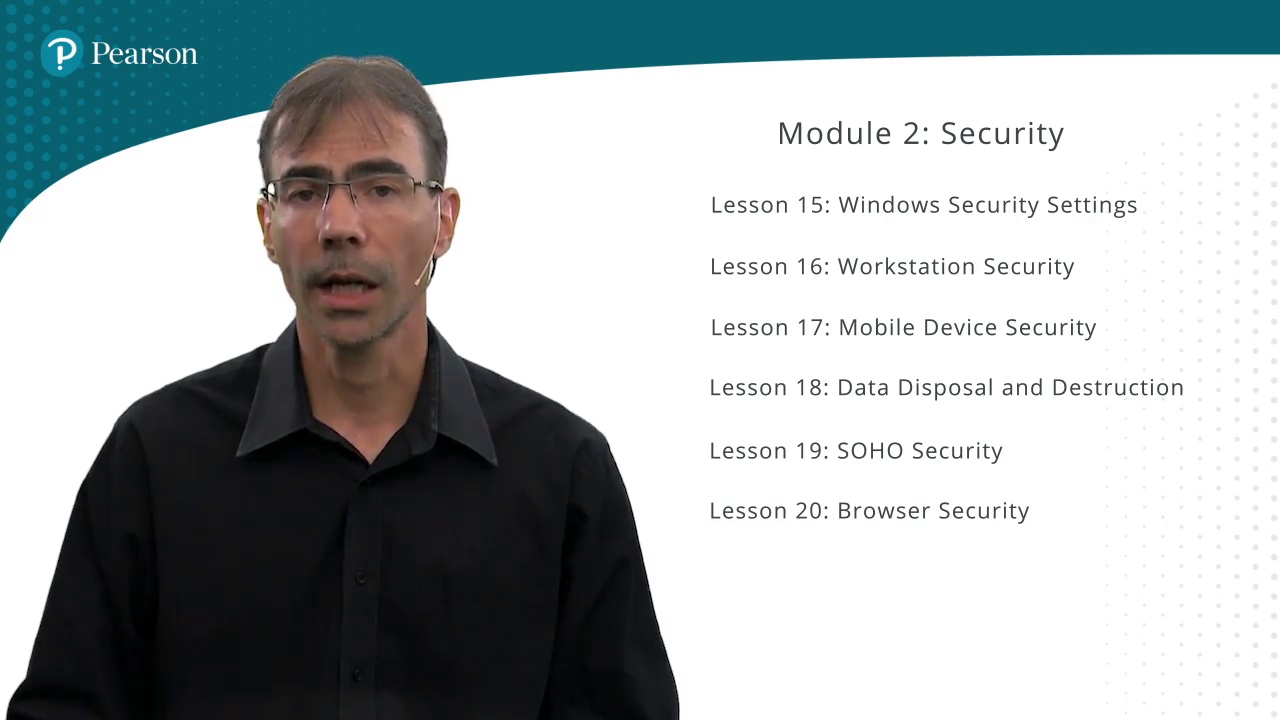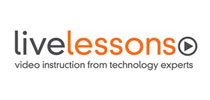001. Learning objectives
002. 4.1 Introduction to Microsoft Command-Line Tools and Help
003. 4.2 Challenge 4 Access Microsoft Command-line Tools
004. 4.3 File-related Commands Part 1
005. 4.4 File-related Commands Part 2
006. 4.5 Disk and File Checking Tools
007. 4.6 Working with Tasks
008. 4.7 Command-Line Networking in Windows Part 1 (ipconfig and ping)
009. 4.8 Command-Line Networking in Windows Part 2
010. 4.9 Winver, Hostname, and Pathping
011. 4.10 Policy-based Commands
012. 4.11 Additional Command-Line Tools

